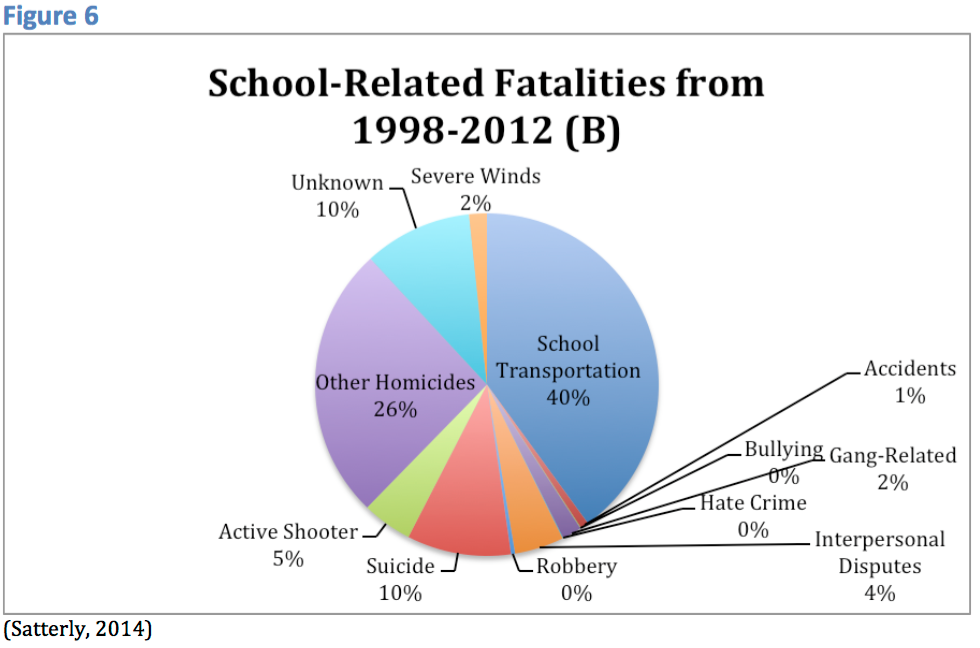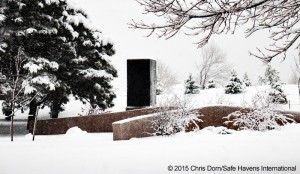School Violence in Canada
The attack occurred at Dunbarton High School. Like their U.S. counterparts, Canadian K12 schools have experienced significant problems with violence in recent decades. Canadian schools have experienced a number of shootings, edged weapons attacks and other acts of violence in relation to the nation’s population of approximately 36 million. With a population of 223 million people, acts of violence in U.S. schools, it is difficult to contrast American rates of school violence with countries that do not tally school homicide in the same manner as U.S. schools where school mandatory reporting of school homicide data has been in place since the late 1990’s.
School Violence Abroad
In our work in Canada, we have found that while the nation has lower per capita homicide rates overall than the United States, Canadian schools often face similar concerns relating to school violence, weapons incidents and gang activity. Safe Havens has been receiving an increasing number of requests for assistance from schools in other countries in the past two years. Typically, our overseas clients have been concerned with school shootings, edged weapons assaults and acts of terrorism. While many Americans perceive mass casualty school attacks to be a problem unique to U.S. schools, our experience has been that school and public safety officials have been concerned about school weapons attacks in every country where we have worked.







